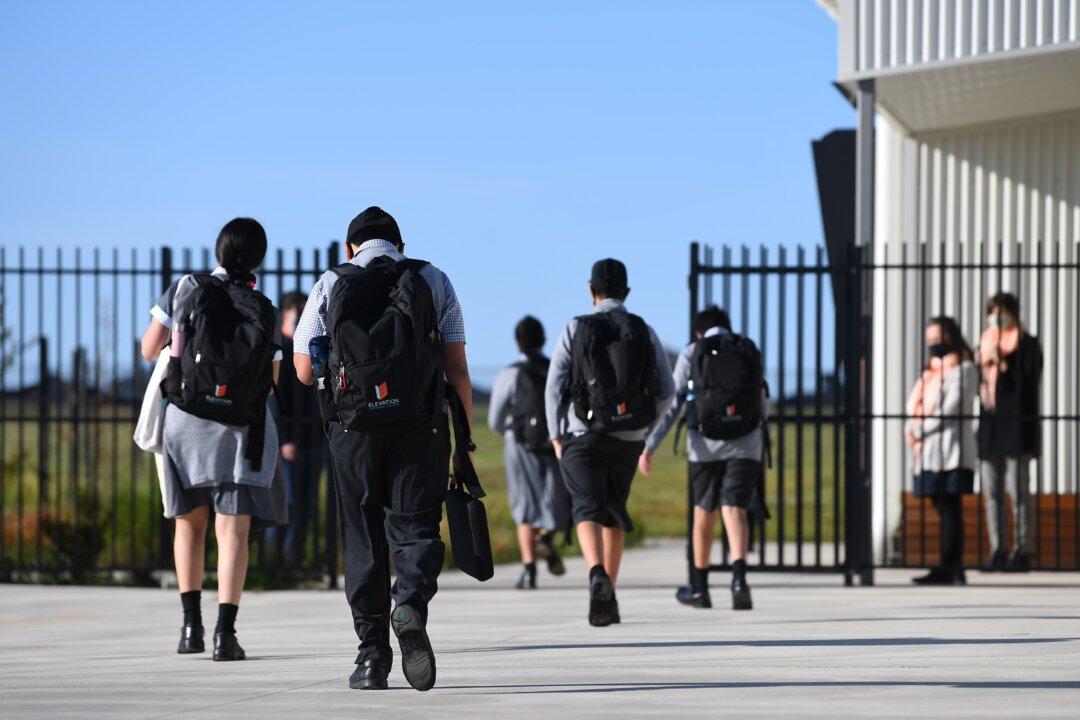The current progress into national initiatives aimed at improving the academic achievement and skill acquisition of Australian students has been “disappointing,” according to an interim report by the Productivity Commission.
The report reviews how well Australia’s federal, state, and territory governments have achieved its policy targets aimed at lifting student outcomes under the National School Reform Agreement, a $319 billion (US$214 billion) funding deal signed in 2018.





